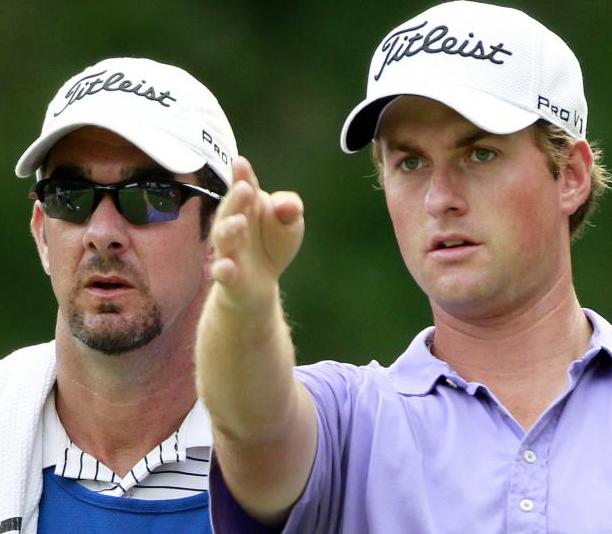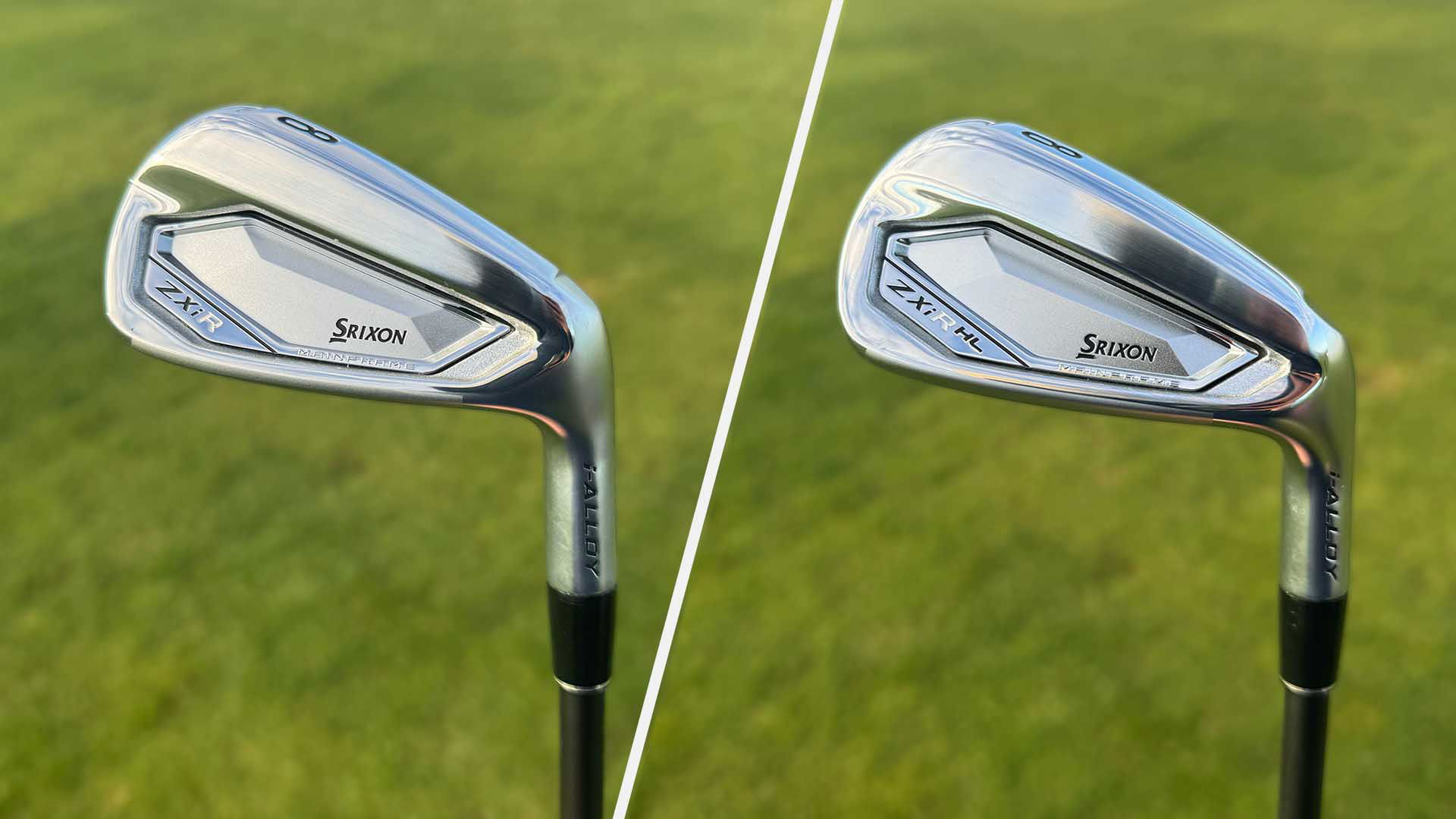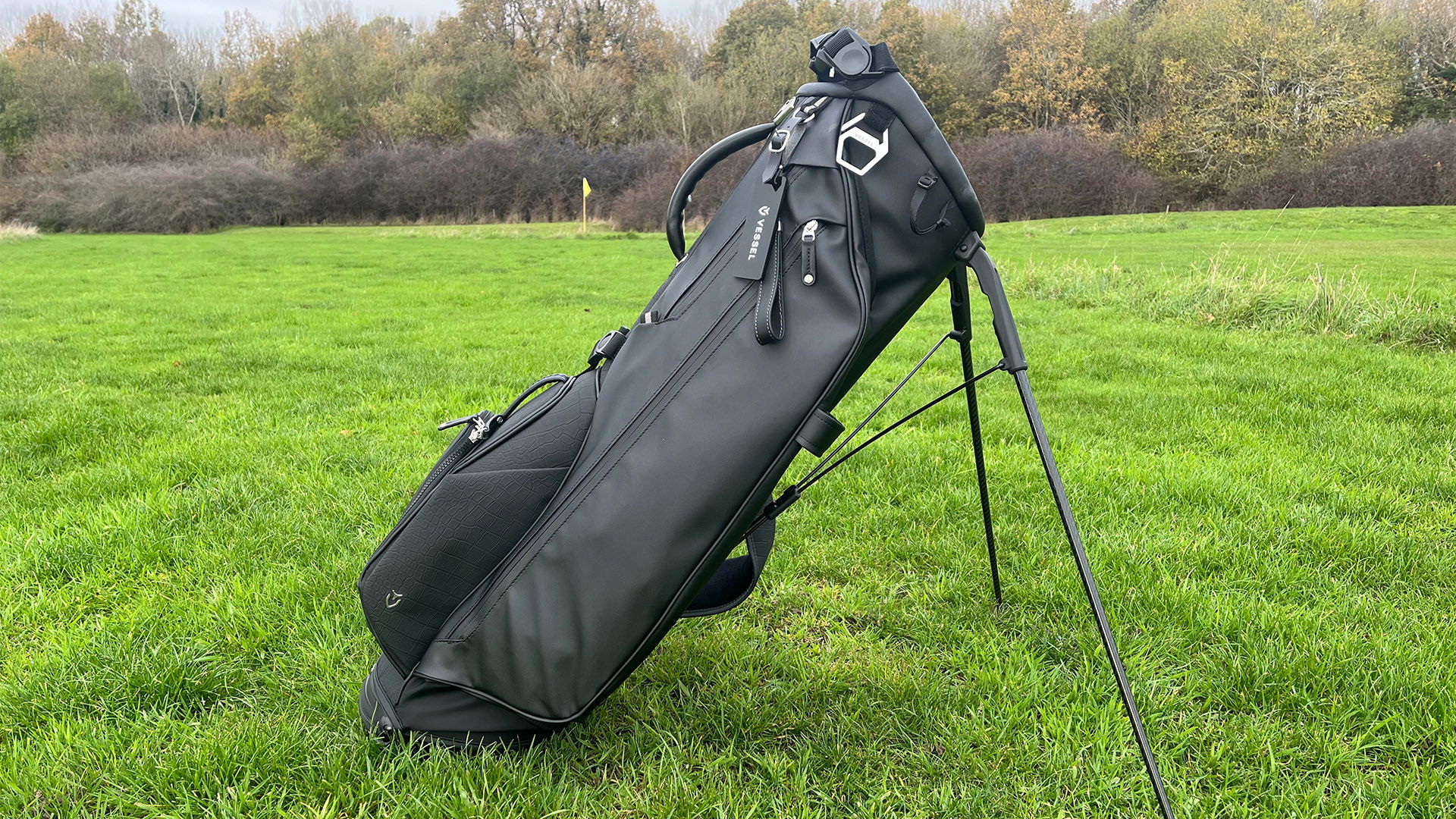Secrets of the swing revealed!
University professor unlocks the key to the perfect golf swing

Stop worrying, dear readers, for scientists have unlocked the key to the perfect golf swing.
The secret, according to a report published in the Proceedings of the Royal Society, is to know precisely which stage of the downswing you should exert the maximum force. Use too much too early or too late and you won’t hit the ball very well.
It really is as simple as that, folks.
Somewhere in a corner of the University of Surrey, in a darkened lab packed with test tubes bubbling over with various day-glo liquids and, presumably, some golf clubs, Professor Robin Sharp has weaved together some brain-twisting equations.
The result? Apparently your wrists are not as important as your arms.
Studying various professional golfers and focusing on three points of rotation in the upper body – the shoulders relative to the spine, the arms relative to the shoulders and the wrists relative to the arms – Professor Sharp was able to make his conclusions, which suggest increasing the power of rotation – or ‘torque’ - to a maximum shortly after starting the swing and maintaining this force until hitting the ball.
“Generating too much arm speed too soon causes an early release, with the club-head reaching its maximum speed before it arrives at the ball,” he said.
“The optimal strategy consists of hitting first with the shoulders while holding back with arms and wrists and after some delay, hitting through with the arms.
“At release, the timing of which depends on the combination of shoulder and arm actions employed, the wrists should hit through.
“In the expert swings studied, control of the arms and not the wrists appears to be the priority.”
And Chris Wood look away now, but height isn’t as advantageous as is widely believed – with Professor Sharp’s studies revealing shorter players can hit it just as far if they use the correct technique.
“Dimensional reasoning shows that dramatic differences in performance between large and small players should not be expected on the basis of size alone,” he continued.
“A 21 per cent bigger player can be expected to have just a 10 per cent advantage in club-head speed.”
But we all knew that, right?
��










